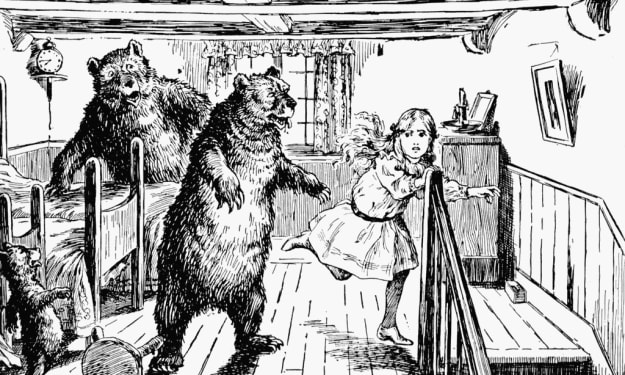"Nude Bathing Culture and Women's Right to Privacy: A Balancing Act in Japan's Public Onsen Controversy"
"The Intersection of Traditional and Modern Values: Exploring Cultural Conflicts and Solutions in Public Hot Springs"

Japan's public hot springs have long been a popular cultural experience for tourists from home and abroad, but a heated debate has recently erupted over whether women should be allowed to bathe naked in public hot springs. One controversial idea is that some hot spring facilities prohibit women from entering the baths fully clothed, raising concerns about women's privacy.
First of all, we need to understand the roots of this traditional culture. Japan has a long history of public hot springs, derived from the Japanese awe of nature and the unique understanding of hot springs. Over the centuries, public hot springs have been a place for socializing, relaxation and physical well-being. As a result, for many Japanese, nude bathing is a natural cultural experience and is seen as a way to relax the body and mind.
However, with the progress of society and changes in cultural concepts, some people's recognition of this tradition has declined. Especially in modern society, women are more sensitive to privacy concerns, and they hope to get more respect and protection in public places. There has been widespread controversy over the fact that women may feel forced to give up their right to privacy at some establishments that prohibit them from wearing clothes to enter the hot spring baths.
In order to solve this problem, it is necessary to balance the conflict between cultural traditions and modern values. One possible solution is to provide more options in public hot springs, such as a special bathing suit area. In this way, people who wish to maintain a traditional experience can still enjoy the nude bathing culture, while those who are concerned about privacy can also choose to enter the hot springs in their swimsuits, thus catering to the needs of different groups.
On the other hand, the public temperatureSpring managers can also improve women's sense of safety in nude bathing environments by improving privacy facilities. For example, more stalls, curtains, etc. are provided in changing rooms and bathing areas to ensure that women can change clothes and bathe in a more private environment with less embarrassment and worry.
Education is also part of the solution to this problem. By educating visitors about the history and significance of nude bathing culture and the importance of respecting others' privacy, we can increase understanding of this cultural tradition and reduce controversy.
In general, to solve the dispute of female nude bathing in public hot springs requires the joint efforts of all sectors of society. By respecting the right to privacy while respecting traditional culture, a balanced and compromising approach is sought to ensure that everyone is able to feel comfortable and respected in public sense of places. Such efforts will help maintain the uniqueness of Japan's public onsen culture and provide visitors with more diverse experience options.






Comments
There are no comments for this story
Be the first to respond and start the conversation.